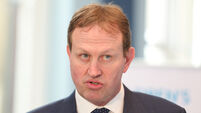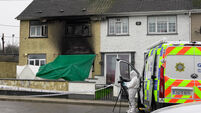Idea of free water goes down the drain
FREE water” is not a concept understood in any part of the EU where people have paid for their water for decades, some at a flat rate, others according to what they use.
Ireland has been the exception. In the EU document dealing with water, a clause was inserted at the country’s insistence. It was a “get out” clause for Ireland which said that, provided the objectives of the legislation were being met, it was not necessary to impose charges.














